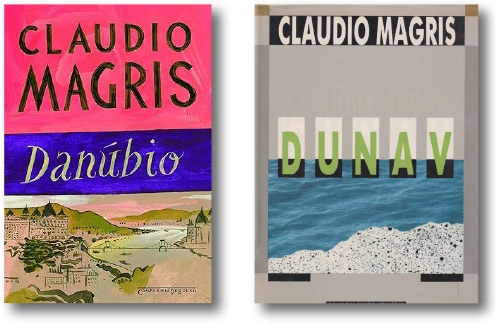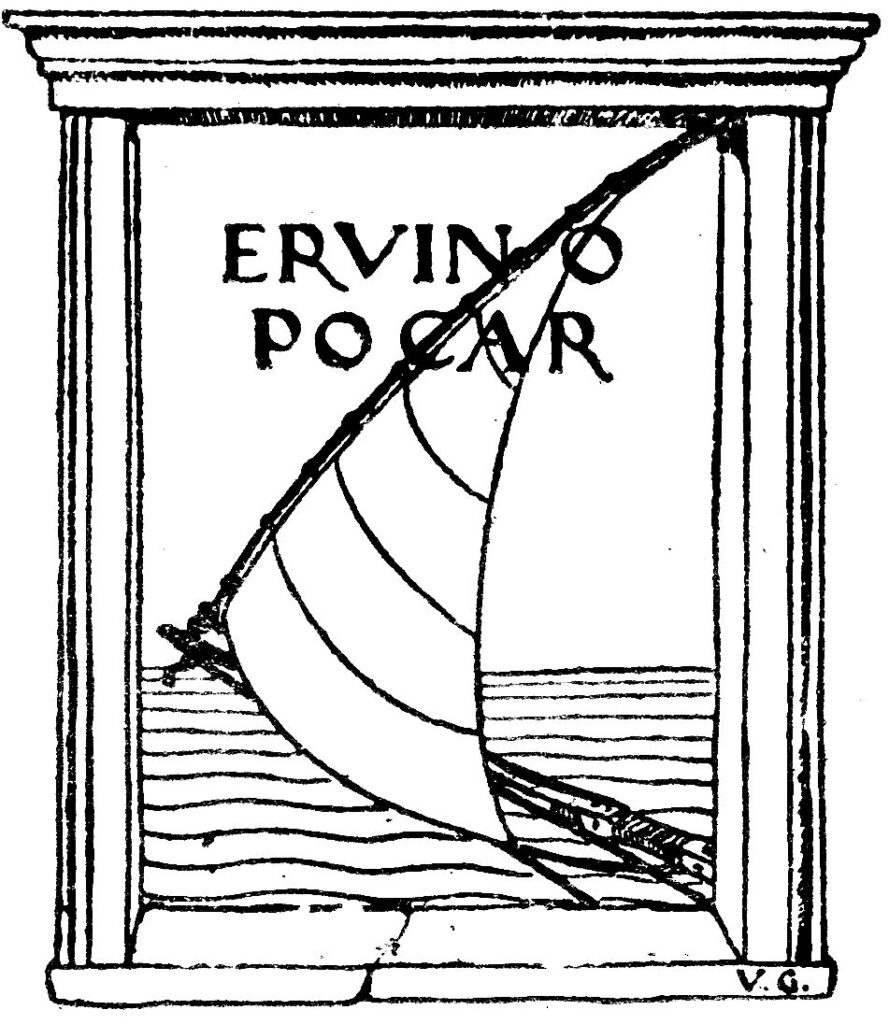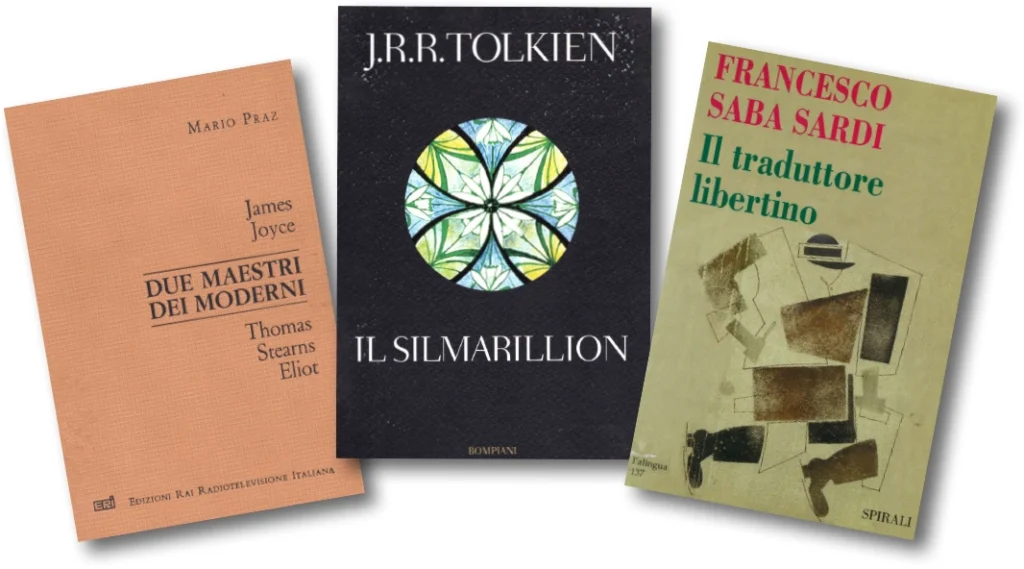
OFT - Translated Triestini
On the podium of the top-ten most translated authors from Trieste we find Claudio Magris, with Danubio (1986) being translated 22 times, followed by Microcosmi (1997) at 17, and Alla cieca (2005), which can be read in 16 languages.
The international success and the number of translations depends on many factors. Svevo’s La coscienza di Zeno (1923) was translated into 28 languages, but it took almost a century to reach this figure, while Bartol’s novel Alamut (1938) underwent 18 almost simultaneous translations on the occasion of the suicide attacks of September 11, 2001 on the Twin Towers in New York, which reactivated the theme. Susanna Tamaro takes the top spot in the ranking as the most translated Trieste author abroad with the 42 versions of Va’ dove ti porta il cuore (1994).
Really Late Translations
The case of the writer Boris Pahor is symptomatic. Necropolis, his most famous novel, published in 1967, was translated in various countries including France which determined its success, but it appeared in Italian only thirty years later, and we even had to wait until 2008 for it to be accepted by a national publishing house (Fazi). Authoritatively introduced by Claudio Magris, Pahor experienced success at over ninety years of age.

The many Translators from Trieste
“Among the most curious creatures that inhabit the borders are the translators, those who join the cause of free men”. Thus wrote Ervino Pocar, from Piran, who translated some of the greatest German language masterpieces into Italian, including works by Kugy and Kafka. Supporting him in the spread of Kafka’s work, inspired by Bobi Bazlen, was the writer, journalist, playwright, screenwriter and Germanist Alberto Spaini, to whom we also owe Italian versions of works by Goethe, Hoffmann, Thomas Mann and Leo Perutz.
Close ties with Trieste and the art of translating are also evident with Mario Praz, an essayist, critic and writer, translator and journalist, one of the main Italian Anglicists with interests in Italian, French, Spanish, German and Russian literature as well, who left us the essay James Joyce, Thomas Stearns Eliot: due maestri dei moderni (1967). Eclectic and versatile, the polyglot and great traveler Francesco Saba Sardi, from Trieste, relocated to Milan, translating from seven different languages.
Translate, Transport, Transmit
A city spoken of and written about in different languages, where sensitivity towards translations and, more generally, towards the relationships between languages and cultures has always been very high, represents a perfect framework for developing activities that transform the problem into an opportunity.
The Scuola Superiore di Lingue Moderne per Interpreti e Traduttori (Higher School of Modern Languages for Interpreters and Translators) of the University of Trieste well represents the city’s particular interest in translation. The wide range of origins of its teachers and the collaborations with numerous prestigious institutions attest to the international vocation of the School. Arabic, French, English, Italian, Dutch, Portuguese, Russian, Serbian-Croatian, Slovenian, Spanish and German are covered, with a wealth of teaching languages from which literature can only benefit.





